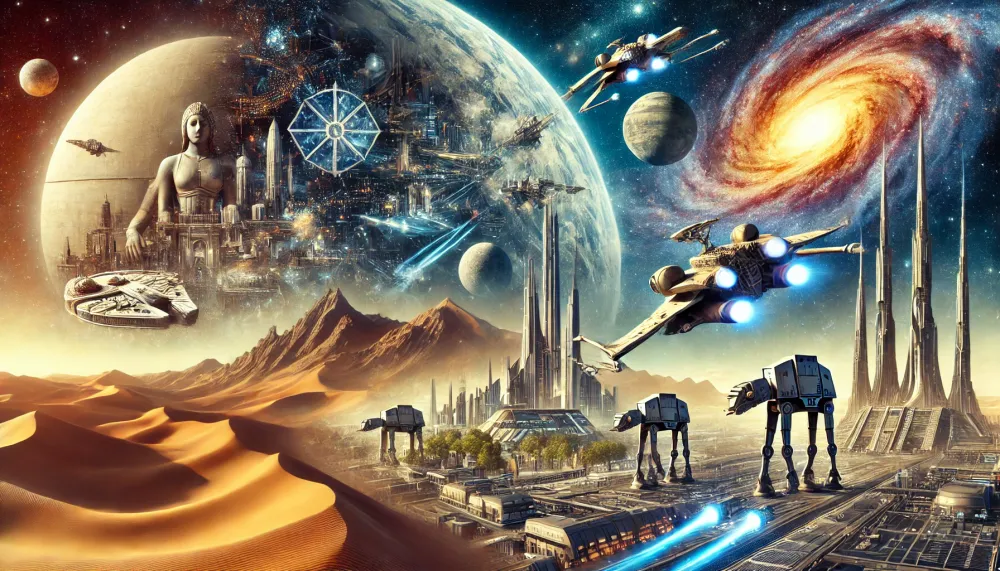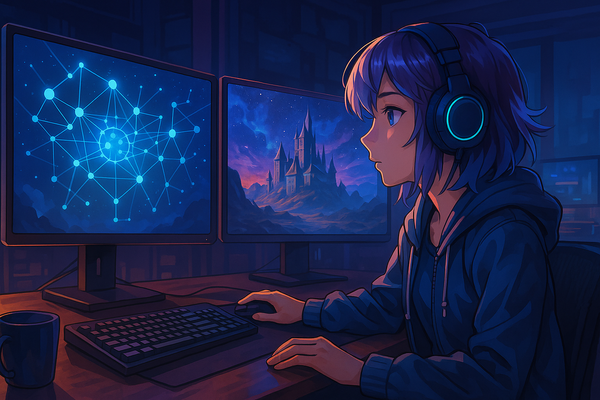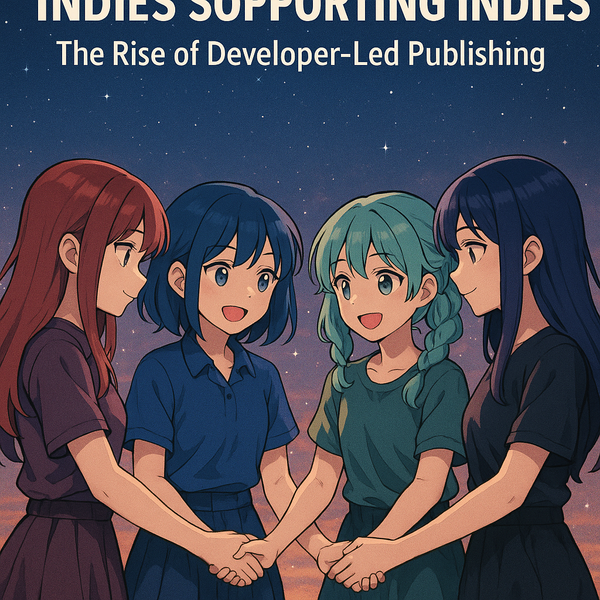Drawing inspiration from classic space sagas for your next game mission
In the world of game development, inspiration often comes from the most captivating stories ever written. Classic space saga novels provide a treasure trove of ideas, themes, and narrative structures that can be translated into thrilling game missions. Here's how you can draw inspiration from some of the most iconic space saga books to create compelling game experiences.
Dune: The Politics of Power and Survival
Frank Herbert's "Dune" offers a rich tapestry of political intrigue, environmental struggle, and survival. Imagine a game mission where players must navigate a desert planet, much like Arrakis, to secure vital resources while dealing with treacherous factions. The mission could involve strategic planning, alliances, and betrayals, emphasizing resource management and survival tactics.
Foundation Series: The Rise and Fall of Civilizations
Isaac Asimov's "Foundation" series delves into the grand cycles of civilization. A game mission inspired by this could have players working to preserve knowledge and culture during the collapse of a galactic empire. Tasks might include setting up hidden archives, defending against invading forces, and ensuring the survival of key figures. This would add a layer of strategic depth and long-term planning to the gameplay.
Ender's Game: Tactical Warfare and Training
"Ender's Game" by Orson Scott Card focuses on the rigorous training and tactical warfare needed to fend off an alien threat. A game mission based on this could place players in a military academy setting, where they must train and develop their skills through a series of increasingly difficult simulations. This mission would emphasize skill progression, strategic thinking, and leadership.
The Expanse Series: Political Intrigue and Space Colonization
James S.A. Corey's "The Expanse" series offers a gritty and realistic look at space colonization and political intrigue. In a game mission, players could be tasked with mediating conflicts between different factions within a space colony, managing resources, and uncovering conspiracies. This would provide a mix of role-playing, strategy, and narrative-driven gameplay.
Hyperion Cantos: Pilgrimage and Discovery
Dan Simmons' "Hyperion Cantos" presents a pilgrimage to a distant world filled with mystery and danger. A game mission could have players embarking on a similar journey, exploring unknown territories, and uncovering ancient secrets. Each stage of the mission could reveal more about the world's lore, offering a deep and immersive narrative experience.
Implementation in Game Missions
To bring these inspirations to life, start by outlining the core themes and narrative beats from each novel. Develop characters, settings, and plot points that echo the original stories but fit within your game's universe. Create mission objectives that align with the themes, whether it's survival, strategic warfare, political intrigue, or exploration.
Steps to Develop a Mission:
- Identify Core Themes: Determine the key themes from the novel that resonate with your game's world.
- Create a Narrative Outline: Sketch out the main plot points, characters, and setting details.
- Design Mission Objectives: Align objectives with the narrative, ensuring they challenge players and advance the story.
- Develop Gameplay Mechanics: Incorporate mechanics that reflect the themes, such as resource management, tactical combat, or diplomatic choices.
- Test and Refine: Playtest the mission to ensure it offers the right balance of challenge and narrative immersion.
By drawing on the rich narratives and complex themes of classic space sagas, you can create game missions that are not only engaging but also deeply resonant with players. These stories have stood the test of time, and their timeless appeal can help you craft unforgettable gaming experiences.




